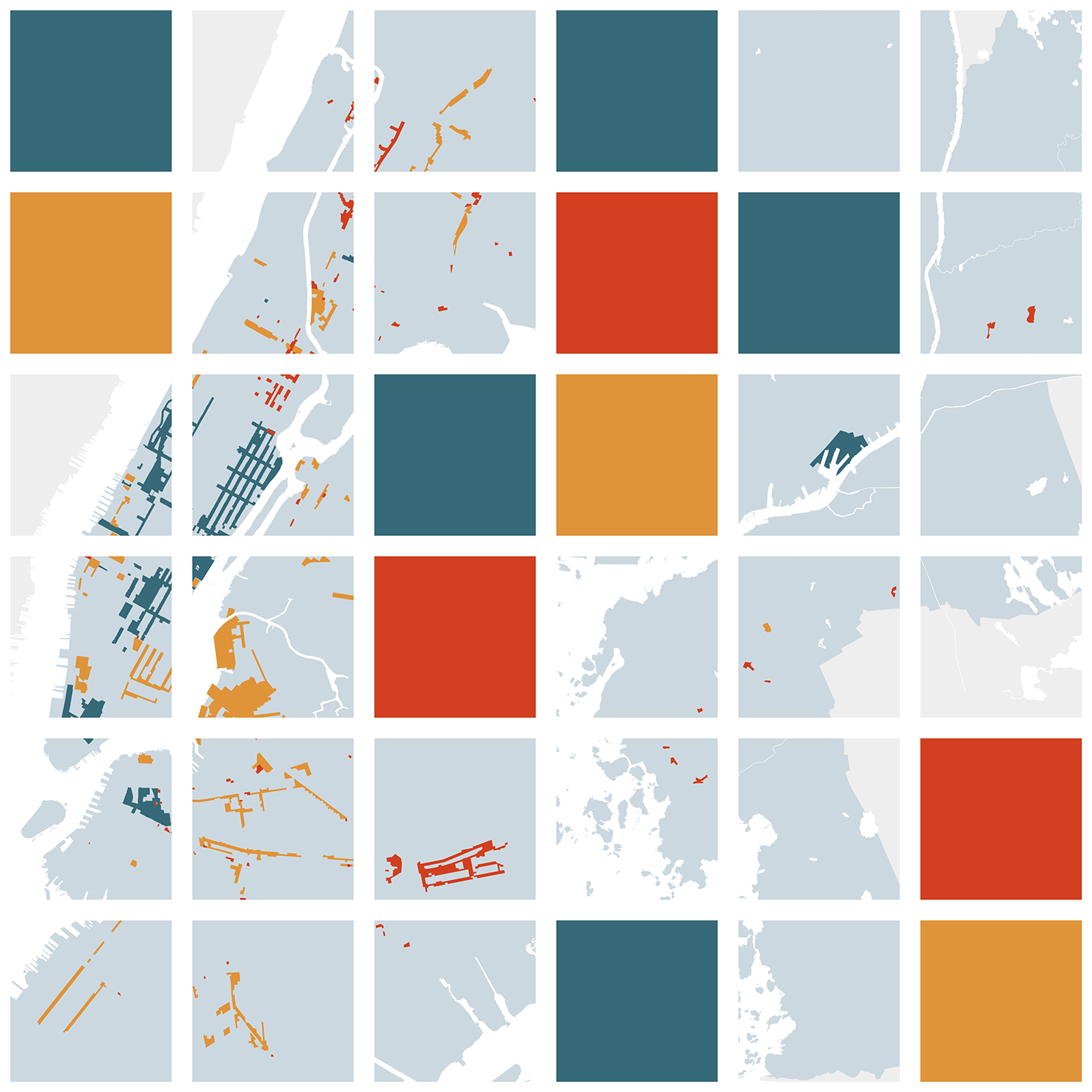Integration Through Affordability
//
Exploring inclusionary housing strategies in New York City and Gothenburg, Sweden
//
Inclusionary housing policies require or incentivize developers of market-rate housing to also produce or fund units that are affordable to people with low incomes.
Calavita and Mallach (2010) trace the seeds of inclusionary housing to the U.S. civil rights movement and "the recognition of the close relationship between the pervasive racial segregation in American society and the land use regulation system that perpetuated it." Inclusionary housing policies are often crafted with the twin goals of integrating segregated neighborhoods and producing mixed-income housing.
This master's thesis compares the dual housing market of New York City with the unitary market of Gothenburg, and examines how these housing regimes have shaped the development and implementation of inclusionary housing policies and programs in each city, especially in regard to targeting affordable housing to people who have low incomes.
Particular focus is given to Gothenburg's predominant ownership of land for development, and how this has permitted the municipality to set mandates without offering density bonuses or other incentives.
Gothenburg's inclusionary pilot projects at Guldmyntsgatan and Frihamnen, and a series of municipal land allocations during 2017 and 2018, are examined as case studies to gain insight into how the unitary housing system affects the viability of inclusionary housing policies in Sweden. These are contrasted with voluntary and mandatory inclusionary housing policies as implemented in New York City between 1987 and 2016.
| Booklet (137 pages / 12 MB) | |
| Abstract (1 page / 2 MB) |
